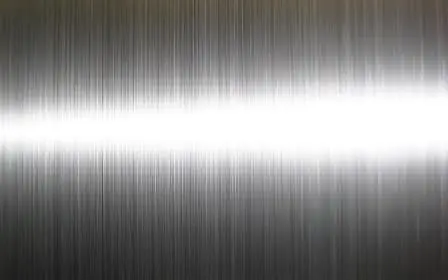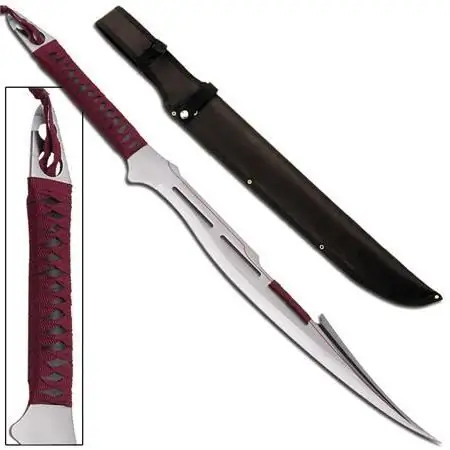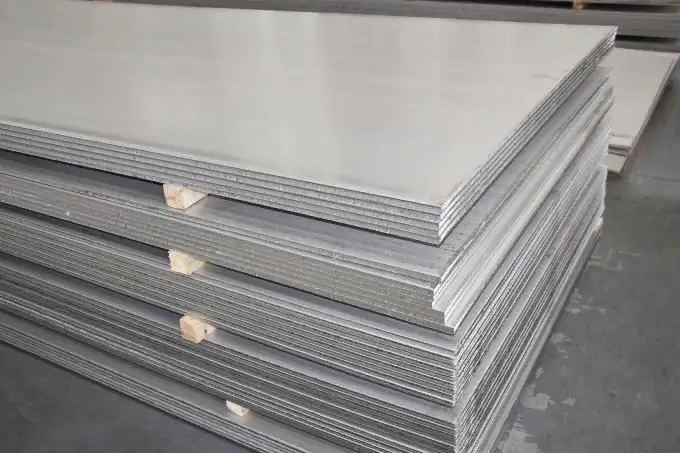2025 Author: Howard Calhoun | [email protected]. Last modified: 2025-01-24 13:10:30
In today's industry, few steel grades will be as popular as steel 3. Although it does not have any special properties, it is nevertheless universally used in large volumes in any enterprise, even partially associated with using metal structures and rolled products. So what's the deal?
Steel 3: GOST
Having familiarized with the corresponding GOST, it is not difficult to find out all the ins and outs of this steel grade. However, for your convenience, we will slightly rephrase the main provisions of GOST. So steel 3 is low carbon structural steel of general quality. This steel was intended for the manufacture of various products by hot-rolled rolling.

Besides this, the GOST specifies the correct names of steel grades and, accordingly, explains their correct interpretation. So, for example, steel 3 of interest to us, according to GOST, is referred to only as St3, where:
- St - conditional abbreviation of the word "Steel".
- 3 - designation of the number of a certain steel grade.
By the way, there are seven of them in GOST:from zero to six. Each individual room has differences in chemical composition. Also, each steel grade, with the exception of zero, is divided into several classes, which have their own personal designations. For example, G - denotes manganese and its percentage in the composition of the alloy, equal to 0.80-0.15%.
The following three designations indicate the degree of deoxidation of the alloy:
- Kp - boiling;
- Ps - semi-calm;
- Sp - calm.

Ligature
Given that for steel 3, the basic characteristics are mainly set by adding some alloying chemical elements to its composition, it will not be superfluous to know their exact composition. However, it should be understood that, according to GOST, steel 3 was produced in five different variations, differing from each other in ligature, so it makes sense to talk about each of the available ones:
- St3sp is characterized by a composition of 0.22% carbon, 0.30% silicon and 0.65% manganese.
- St3ps has a lower silicon content - 0.15%.
- U St3kp ligature composition is even poorer in silicon - 0.05% maximum, and manganese - 0.60%.
The fourth and fifth grades, under which steel 3 is produced, enter the market under the designation "G", that is, it has an increased, in relation to other alloys, the proportion of manganese content in the composition. But the mass fraction of other ligature additives is also subject to change:
- So in St3Gps steel, the percentage of carbon remains unchanged, the percentage of silicon in the alloy remainswithin 0.15%, and manganese - up to 1.10%.
- Steel of the St3Gsp brand is characterized by a carbon content within 0.20% and silicon - from 0.30%.
However, in addition to the main ligature composition, the alloy contains minor impurities of chromium, copper and nickel - 0.30% each, sulfur - 0.005%, nitrogen - 0.10% and phosphorus - 0.04%.

Steel 3: Characteristics
As with any other industrial structural steel, Grade 3 steel does not require special hardness, like high-carbon tool alloys. For steel, 3 main positive properties are considered to be:
- Corrosion resistant.
- Easy to process the material manually and mechanically.
- Unlimited weldability with any of the available welding types.
- Resistant to all sorts of internal defects.
It is these qualities that have made steel 3 one of the most sought-after brands today.
Recommended:
Food stainless steel: GOST. How to identify food grade stainless steel? What is the difference between food stainless steel and technical stainless steel?

The article talks about grades of food grade stainless steel. Read how to distinguish food stainless steel from technical
Steel 20: GOST, characteristics, properties and applications

Structural steel is the most demanded in the gas and oil industry, housing and communal services, at the household level. Versatile features, low cost and proven reliability and practicality are of great interest to manufacturers
Corrosion resistant steel. Steel grades: GOST. Stainless steel - price

Why metal materials break down. What are corrosion-resistant steels and alloys. Chemical composition and classification according to the type of stainless steel microstructure. Factors affecting pricing. Steel grade designation system (GOST requirements). Application area
Steel R18: GOST, characteristics, forging and analogues

Every person, even the most distant from the industry, at least out of the corner of his ear heard about the outstanding properties of P18 high speed steel. It is rumored to be a super-hard alloy capable of cutting, drilling, or otherwise working any other grade of steel. In addition to strength characteristics, high-speed 18th steel is highly valued by blacksmiths, manufacturers of household knives and edged weapons. Did P18 steel deserve such an attitude or not? You will learn about this from the article
440 steel - stainless steel. Steel 440: characteristics

Many people know 440 steel. It has established itself as a reliable, anti-corrosion, time-tested hard material, which is most often used for the manufacture of knives for various purposes. What is the secret of this alloy? What are its chemical, physical characteristics and applications?

